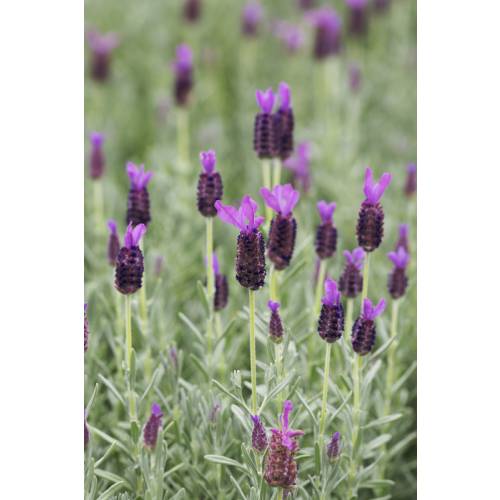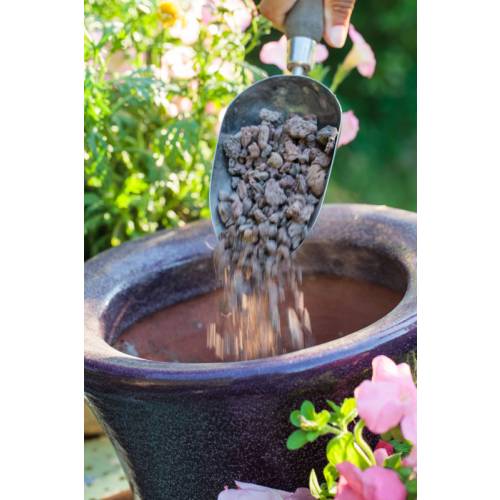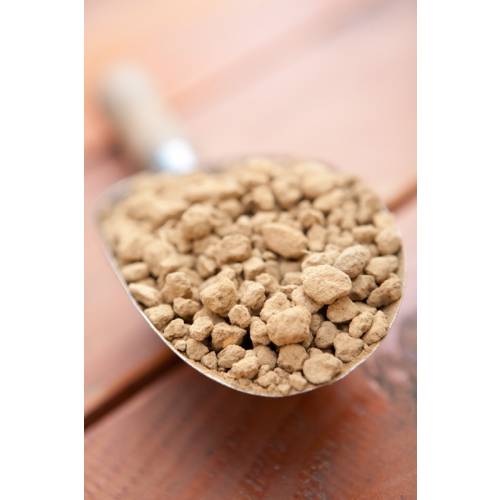
The art of watering
The good drainage for potted plants
- Details
-
Drainage is the way in which water runs through the soil in the pot. Poor drainage will inevitably cause some problems to plants grown in pots.
More or less draining
A fairly draining substrate lets the water run easily through the pot. Sand, gravel and pouzzolane, amongst others, are draining elements as they do not retain water, or very little of it. If a substrate contains a lot of draining elements, it is going to dry quicker. If the plant is sensitive to dryness, it will be thirsty rapidly and it will need to be watered more often.
Soil, on the contrary, retains water for a long time before letting it escape through the holes at the bottom of the pot. Clay for example is a very little draining matter. A substrate which is non-draining retains water. If the plant is sensitive at its roots level (as Japanese Maples are for example) or it prefers a dry soil, it might suffer from roots asphyxia, which makes the roots rot and the entire plant wither.
So there is the need to find a good compromise between the two. Good drainage is provided by both the substrate and what is at the bottom of the pot.
The good substrate
Specialized composts for plants categories (Roses, flowering plants, orchids) provide drainage suited to the plant needs. You can of course make your own mix, which is fun and interesting but it takes time and can be...messy!
All is happening at the bottom of the pot
Good compost does not do it all by itself: for example, a fairly draining substrate is useless in a pot which is not pierced at the base, as water from rain or from watering will accumulate and could cause roots asphyxia. So usually, a draining layer is placed at the bottom of the pot, to help water reach the bottom and escape by the draining holes. A layer of 2 to 5 cm is placed before adding the compost. Gravel, broken glass, clay marbles or pouzzolane are all suitable.
Filling-up
With time, the layer of draining matters placed at the bottom of window-boxes and pots can shrink and seal off. A layer of gravel drowned in compost does not have any use anymore as it does no longer drains! Ideally, the pot should be emptied out completely and rinsed out before placing a new layer of draining matter and fresh compost. In this case remove the existing layer and place a new coarser-textured layer. - Photos (3)



